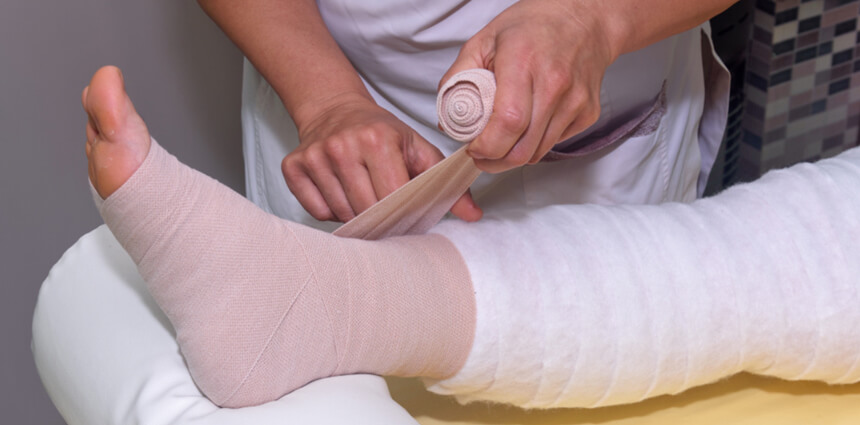
For women who have undergone breast cancer surgery and/or radiation treatment, arm lymphedema is a possible complication that can occur after treatment. This is a common problem, occurring in 7% of women undergoing sentinel lymph node biopsy and up to about 45% of women undergoing a traditional axillary node dissection. Post-surgical radiation therapy increases the likelihood of upper extremity lymphedema further.
Lymphedema develops when the lymphatic fluid “backs up” in patients who have had lymph nodes removed, had cancer involvement of the lymph nodes, or had radiation to the axilla.
Signs and symptoms of upper extremity lymphedema after breast cancer treatment can include:
Once lymphedema develops, the affected arm is susceptible to even more swelling. Patients should take care to protect that arm and hand from infection. Avoid cuts, scratches, burns and iv’s to that extremity and take care to clean any injuries thoroughly.
There are non-surgical and surgical treatment options for lymphedema.
Non-surgical options must always be maximized before considering surgery. The non-surgical treatment includes: range of motion exercises, elevation, “lymphatic” massage, compression garments, intermittent pneumatic compression devices, and multi-layered banding. Non-surgical treatment can be effective in mild to moderate cases. The advantage of non-surgical treatment is that it avoids surgery. The disadvantage is that it may not be definitive in mild to moderate cases and may not be sufficiently effective in advanced cases. Non-surgical methods may be also cumbersome and are usually time-consuming.
At AP breast Centre we offer the complete spectrum of upper extremity lymphedema treatment. Microsurgery is part of our daily practice and we are proud to offer our patients state-of-the-art reconstructive procedures including Lymphatic to vascular anastomosis and vascularized lymph node transfer.

Patients may also have concerns about how surgery might affect their appearance. Surgeons at AP Breast Centre are fully versed in Oncoplastic Surgical techniques. These techniques are designed to give the patients excellent cosmetic results while maintaining sound oncologic principles following major resection from the breast cancers.
Oncoplastic techniques can give more women the option of lumpectomy with immediate local reconstruction, rather than mastectomy. In some cases, the surgeon may also reduce the size or alter the shape of the opposite breast in order to maintain a balanced appearance.
Women with DCIS (ductal carcinoma in situ), a noninvasive cancer, can also benefit from oncoplastic techniques. Because DCIS is distributed through the breast’s ductal system, sometimes it can be difficult to excise. Removal of DCIS may require removal of a substantial amount of breast tissue, and some patients have traditionally had to undergo mastectomy. Now, the creative use of oncoplastic methods is allowing many women with DCIS to keep their breasts intact and with excellent results.
